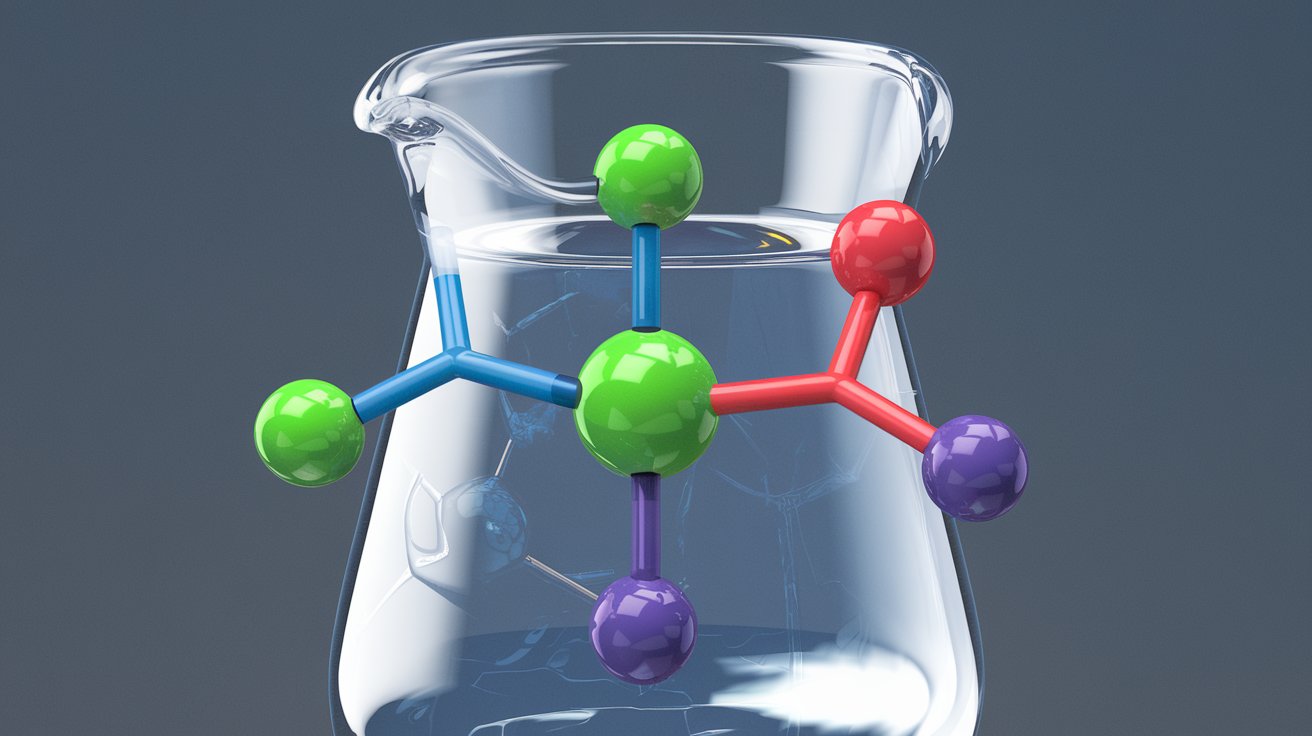
Dihydrolanosterol might sound like a mouthful, but it's a fascinating compound with a big role in biology. This molecule is a key intermediate in the biosynthesis of cholesterol, which means it's crucial for producing the cholesterol our bodies need. Cholesterol often gets a bad rap, but it's essential for making hormones, vitamin D, and substances that help digest foods. Without dihydrolanosterol, our cells couldn't produce cholesterol efficiently. This compound is also a part of the complex pathways that keep our bodies running smoothly. Ready to learn more? Here are 25 intriguing facts about dihydrolanosterol that will give you a deeper understanding of its importance.
Key Takeaways:
- Dihydrolanosterol is a crucial compound in our bodies, helping with cholesterol, hormone production, and even brain function. It's like a behind-the-scenes superstar, making sure everything runs smoothly!
- Scientists are still uncovering the secrets of dihydrolanosterol, from its role in genetic disorders to its potential in developing new drugs. It's like a mysterious puzzle waiting to be solved!
What is Dihydrolanosterol?
Dihydrolanosterol is a fascinating compound with a complex structure and significant roles in various biological processes. Let's dive into some intriguing facts about this molecule.
-
Chemical Structure: Dihydrolanosterol is a sterol, a subgroup of steroids, with a complex ring structure typical of this class of compounds.
-
Biosynthesis: It is synthesized from lanosterol, a key intermediate in the biosynthesis of cholesterol.
-
Enzyme Involvement: The enzyme lanosterol reductase plays a crucial role in converting lanosterol to dihydrolanosterol.
-
Cholesterol Pathway: This compound is an intermediate in the cholesterol biosynthesis pathway, essential for cell membrane integrity and hormone production.
-
Steroid Precursor: It serves as a precursor for various steroids, which are vital for numerous physiological functions.
Biological Importance of Dihydrolanosterol
Understanding the biological significance of dihydrolanosterol helps appreciate its role in health and disease.
-
Cell Membrane: Dihydrolanosterol contributes to the stability and fluidity of cell membranes.
-
Hormone Synthesis: It is involved in the synthesis of steroid hormones, which regulate metabolism, immune response, and other critical functions.
-
Vitamin D Production: This compound is a precursor in the synthesis of Vitamin D, essential for bone health and immune function.
-
Lipid Metabolism: It plays a role in lipid metabolism, influencing the balance of fats in the body.
-
Brain Function: Cholesterol, derived from dihydrolanosterol, is crucial for brain function and the formation of synapses.
Health Implications of Dihydrolanosterol
The presence and balance of dihydrolanosterol in the body can have significant health implications.
-
Cholesterol Levels: Abnormal levels can affect cholesterol levels, leading to cardiovascular diseases.
-
Genetic Disorders: Mutations in the enzymes involved in its synthesis can lead to genetic disorders like Smith-Lemli-Opitz syndrome.
-
Cancer Research: Studies suggest that it may play a role in cancer biology, potentially influencing tumor growth and progression.
-
Liver Function: It is vital for liver function, as the liver is a primary site for cholesterol synthesis.
-
Skin Health: Cholesterol derivatives from dihydrolanosterol are important for maintaining healthy skin.
Interesting Facts about Dihydrolanosterol
Here are some lesser-known but fascinating facts about dihydrolanosterol.
-
Evolutionary Significance: Sterols like dihydrolanosterol are thought to have played a crucial role in the evolution of eukaryotic cells.
-
Plant Sterols: While primarily found in animals, similar compounds exist in plants, known as phytosterols.
-
Synthetic Analogues: Scientists have developed synthetic analogues for research and therapeutic purposes.
-
Analytical Techniques: Advanced techniques like mass spectrometry are used to study and quantify dihydrolanosterol in biological samples.
-
Pharmaceutical Applications: Research is ongoing to explore its potential in developing new drugs.
Fun Facts about Dihydrolanosterol
Let's end with some fun and quirky facts about this intriguing molecule.
-
Name Origin: The name "dihydrolanosterol" comes from its chemical structure, indicating it is a hydrogenated form of lanosterol.
-
Molecular Weight: It has a molecular weight of approximately 426.72 g/mol.
-
Discovery: It was first identified in the mid-20th century during studies on cholesterol biosynthesis.
-
Natural Sources: Besides being synthesized in the body, it can be found in small amounts in certain foods.
-
Research Interest: Despite being less well-known than cholesterol, it continues to be a subject of significant scientific research.
The Final Word on Dihydrolanosterol
Dihydrolanosterol, a fascinating compound, plays a crucial role in cholesterol biosynthesis. Found in various organisms, it’s a key intermediate in the production of sterols. Understanding its function helps scientists develop better treatments for cholesterol-related conditions. This compound also provides insights into evolutionary biology, showing how complex life forms have adapted over time.
Its presence in both plants and animals highlights its importance across different species. Researchers continue to study dihydrolanosterol to unlock more secrets about its functions and potential applications. From medicine to evolutionary studies, this compound holds significant promise.
By learning about dihydrolanosterol, we gain a deeper appreciation for the intricate processes that sustain life. Keep an eye on future discoveries, as they may lead to groundbreaking advancements in health and science.
Frequently Asked Questions
Was this page helpful?
Our commitment to delivering trustworthy and engaging content is at the heart of what we do. Each fact on our site is contributed by real users like you, bringing a wealth of diverse insights and information. To ensure the highest standards of accuracy and reliability, our dedicated editors meticulously review each submission. This process guarantees that the facts we share are not only fascinating but also credible. Trust in our commitment to quality and authenticity as you explore and learn with us.
